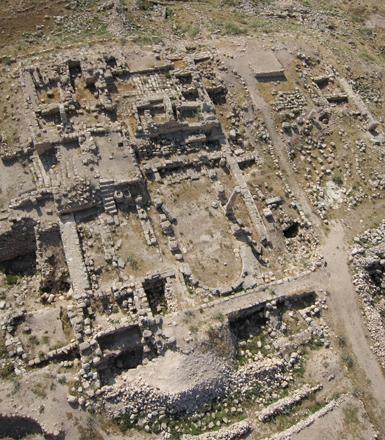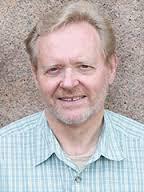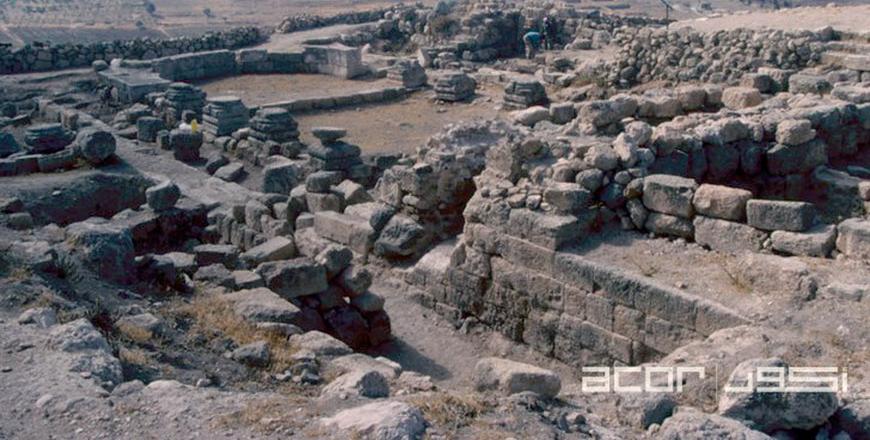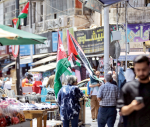You are here
Tell Hisban a ‘time machine for exploring humanity’s global past’ — US scholar
By Saeb Rawashdeh - Nov 09,2021 - Last updated at Nov 09,2021

An aerial view of the Hisban Citadel (Photo courtesy of Ivan LaBianca)
TELL HISBAN — Over the years, the objectives of archaeological excavations at Tell Hisban, located in the Madaba Plain, have changed dramatically, according to a US scholar.
“The banner under which the first phase of excavations at Tell Hisban (1968-1976) was carried out was the ‘Heshbon Expedition’,” said OysteinLaBianca of Andrews University in Michigan.
“The project’s name clearly signalled the excavation’s objective: To determine if Tall Hisban was biblical Heshbon, one of the most frequently mentioned places in the Old Testament,” he said.
After a two-decade-long hiatus, excavations were renewed at the site in 1996, again by a team from Andrews Universtiy.The second phase is titled the Hisban Cultural Heritage Project, LaBianca noted.
“An immediate first objective of the renewed excavations is to give agency to host community members as empowered partners in protecting, preserving and presenting the archaeological site,” according to LaBianca.
The second objective is to “crystallise”a more inclusive approach in narrating the site’s history,LaBianca said.
The quest began with a focus on the deep-time history of the Hisban food system, he said.
“The site is a kind-of time machine for exploring humanity’s global past as it has unfolded in a very particular location, namely at Tell Hisban. No longer are we in pursuit of one particular desired past — a biblical or classical or Islamic past,” the professor emphasised.
The third objective is to “excavate less and learn more from what we excavate through deployment of the latest techniques for extracting knowledge about the way of life of occupants of the site during particular historical periods”, said LaBianca.
Related Articles
AMMAN — Community archaeology, a form of archaeology directed by experts to local communities, originated at Tell Hisban during the seventie
AMMAN — A mini-conference was organised on Wednesday at the German-Jordanian University and at a community centre in Hisban to mark the 50th
AMMAN — A recently published book titled “Hisban” offers insight into archaeological sites of the area of the Madaba plains and interactions



















